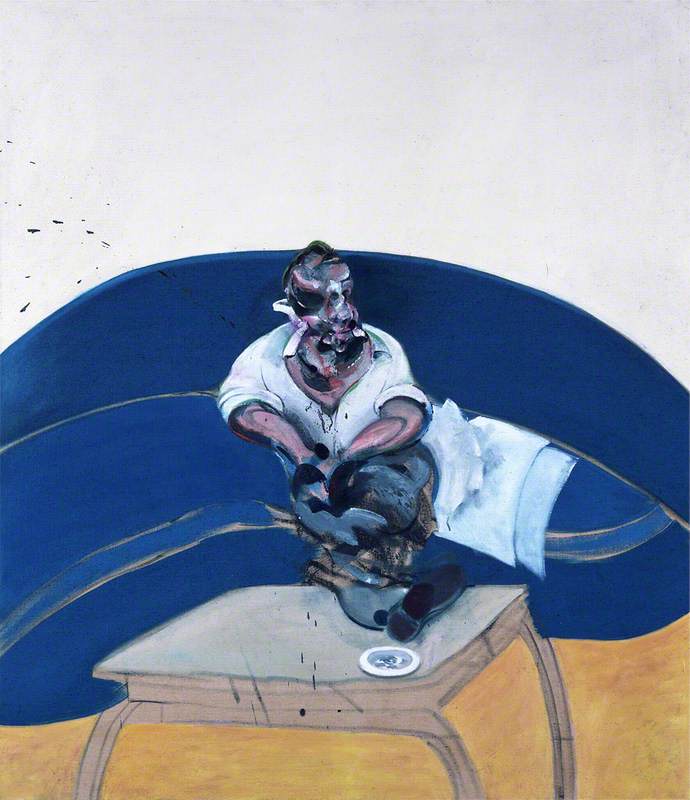How you can use this image
This image can be used for non-commercial research or private study purposes, and other UK exceptions to copyright permitted to users based in the United Kingdom under the Copyright, Designs and Patents Act 1988, as amended and revised. Any other type of use will need to be cleared with the rights holder(s).
Review the copyright credit lines that are located underneath the image, as these indicate who manages the copyright (©) within the artwork, and the photographic rights within the image.
The collection that owns the artwork may have more information on their own website about permitted uses and image licensing options.
Review our guidance pages which explain how you can reuse images, how to credit an image and how to find images in the public domain or with a Creative Commons licence available.
Notes
Add or edit a note on this artwork that only you can see. You can find notes again by going to the ‘Notes’ section of your account.
This painting is known throughout the world and is Falmouth Art Gallery Collection's most famous work. It is the study for the finished painting in Leeds Art Gallery, although many critics prefer the vitality and freedom of brushwork shown in this picture. Based on Lord Tennyson's poem, it illustrates the moment when she sees Sir Lancelot in the crystal mirror and breaks her vow never to look out of her window and down upon Camelot. The panic of the moment is shown by the wool from the tapestry entwining the Lady’s skirt and by the model’s pose as she leans forward to confront the world and trigger the curse. Waterhouse completed three paintings relating to different events in the poem, this is a study for the second. The first dates from 1888 and is housed at the Tate in London.
Title
The Lady of Shalott
Medium
oil on canvas
Measurements
H 121 x W 69 cm
Accession number
FAMAG:1923.15
Acquisition method
gift from Alfred de Pass, 1923
Work type
Painting
Falmouth Art Gallery
Municipal Buildings, The Moor, Falmouth, Cornwall TR11 2RT England
Stories
-
 'The Lady of Shalott': an Arthurian legend in Cornwall
'The Lady of Shalott': an Arthurian legend in CornwallNatalie Rigby
-
 Tennyson: the favoured subject
Tennyson: the favoured subjectThomas Marks
-
 100 things we learnt from the Great British Art Quiz
100 things we learnt from the Great British Art QuizLydia Figes and Andrew Shore








